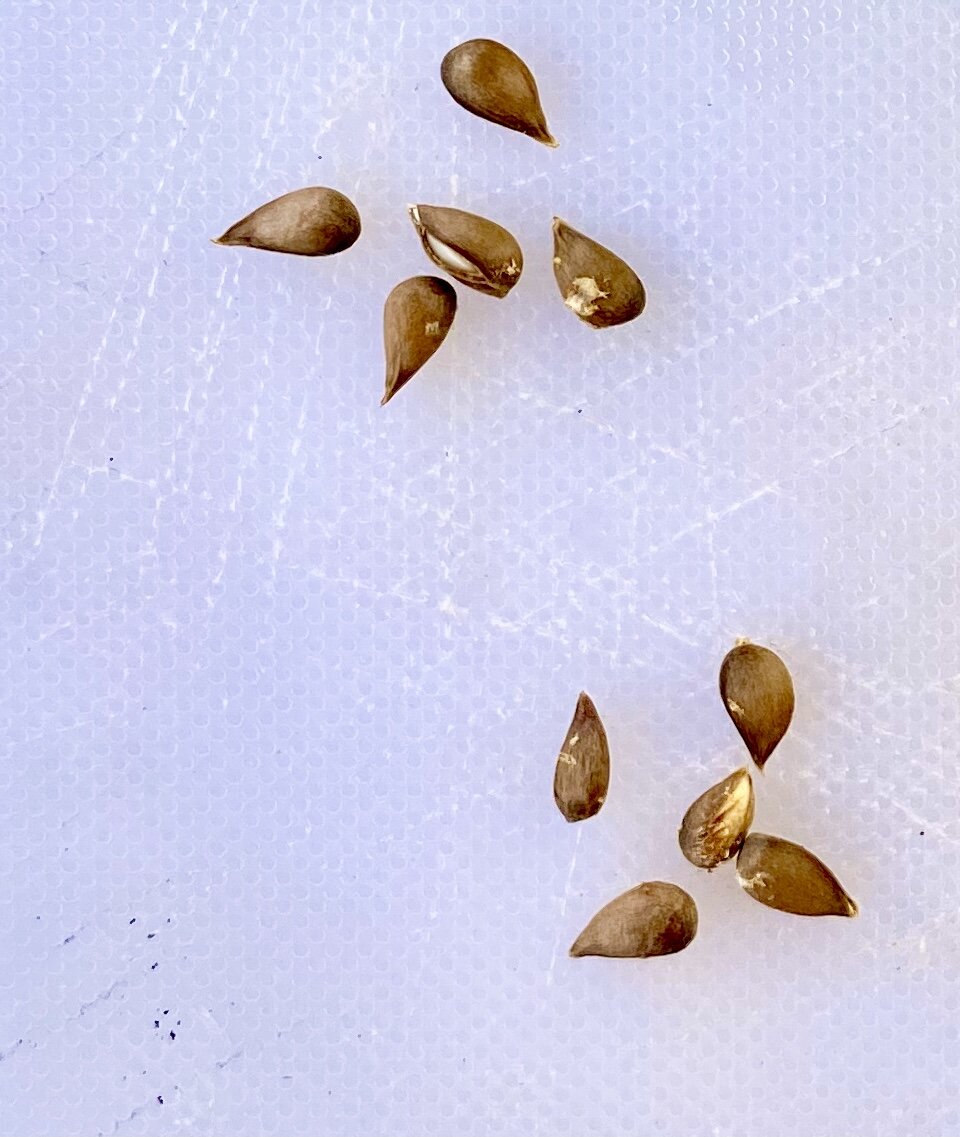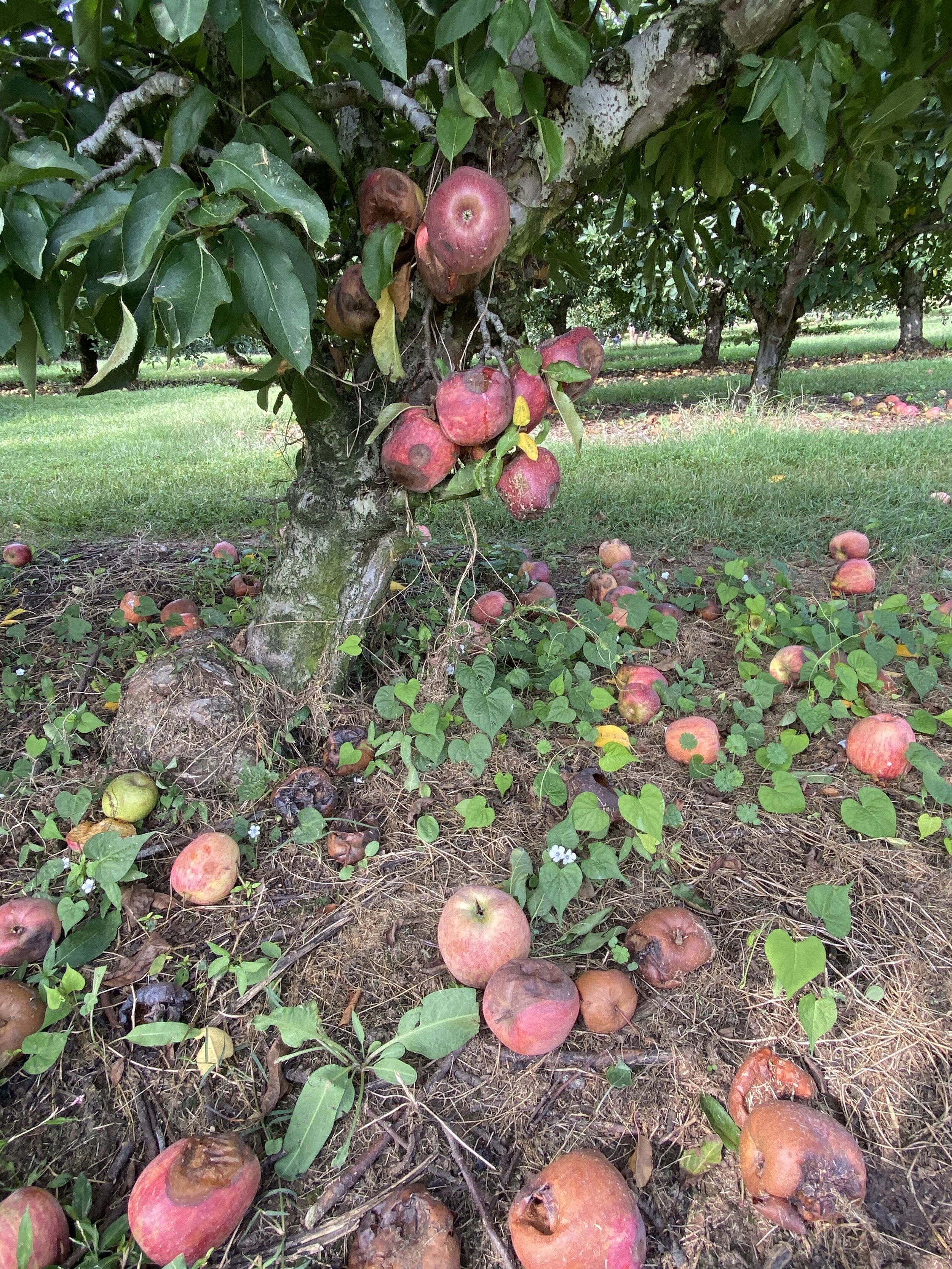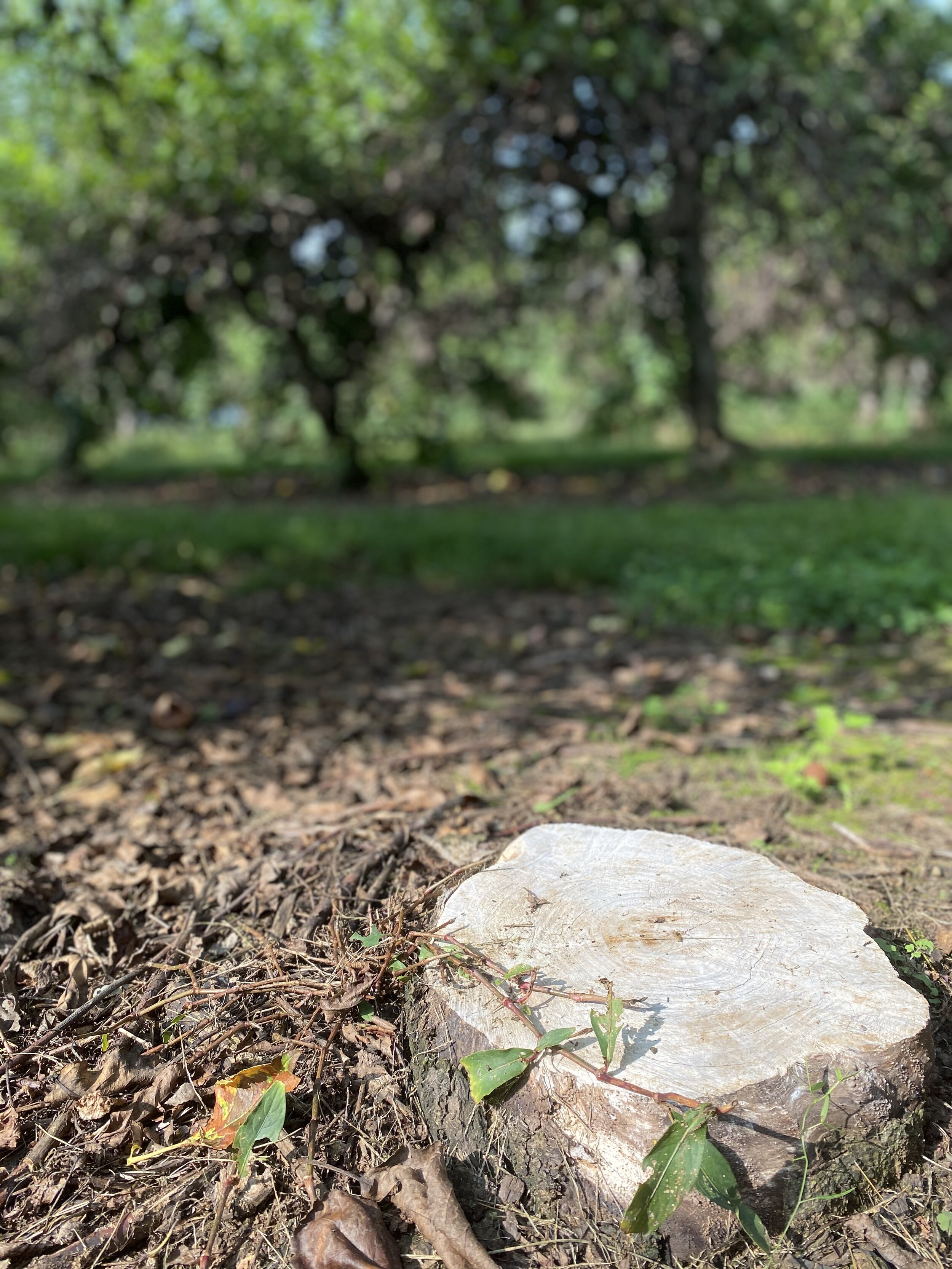Apple Life Cycle
Children need to know where their food comes from and one of the best ways to illustrate this is with a trip to an orchard. What fruit or nut grows near you? Take your children to an orchard so they can see, touch, smell, pick and taste right from the tree or bush. Visiting at different times of the year provides a valuable lesson in life cycles.
Growing your own fruit/veggies will allow children to see the life cycle process up close!
Want to learn closer to home?
After you pick the fruit, get the seeds and sprout them so children can see how it all begins.
You will need:
plastic baggie
paper towel
water
spray bottle
tape
seeds
Dampen the paper towel with the spray bottle. Fold it and place the seeds inside. Place it in the baggie and tape it to a window in a sunny place. Children can keep a record of the seed's progress and then plant them nearby to start their own orchard. Tie this in to the wonderful tales of Johnny Appleseed.
SAVE THE BEES!
Seriously, save the bees!
Apples require honeybees for pollination. Farms rent hives from local beekeepers or own their own hives! The hives are on pallets and are situated at various locations on the farm to pollinate the apples and other fruits and veggies.
Fun fact- for every 1,000 apples that they pollinate, bees make 1 pound of honey!
Visit the Honey Bee Conservancy to learn how YOU can help save the bees!
Special thanks to Karen Dubois for her orchard pictures and knowledge










